Falk Langer & Lukas Stahlbock
A solution to embed container technologies into automotive environments
#1about 7 minutes
Adapting DevOps principles for automotive and IoT systems
Standard DevOps practices fail in automotive due to safety and resource constraints, requiring an expanded model that incorporates ML and IoT specifics.
#2about 2 minutes
Addressing container constraints on embedded devices
Using containers in IoT introduces challenges like limited resources, slow startup times, and real-time execution requirements that must be managed.
#3about 6 minutes
Optimizing container startup and execution performance
Caching resolved image layers and integrating mounting into the container runtime significantly reduces startup time with minimal impact on execution latency.
#4about 3 minutes
Developing a custom lightweight IoT management platform
A custom IoT management platform written in Rust was developed to overcome the high resource usage and overhead of solutions like K3s on embedded hardware.
#5about 10 minutes
Implementing an AI-in-the-loop continuous learning cycle
A complete workflow demonstrates collecting data from robots, training AI models in the backend, and deploying updated containerized software back to the devices.
#6about 3 minutes
Strategies for managing large-scale fleet deployments
Rolling out updates to millions of vehicles requires a staged approach, starting with test users and gradually expanding to the entire fleet while tracking container versions.
Related jobs
Jobs that call for the skills explored in this talk.
Team Lead DevOps (m/w/d)

Rhein-Main-Verkehrsverbund Servicegesellschaft mbH
Frankfurt am Main, Germany
Senior
Featured Partners
Related Videos
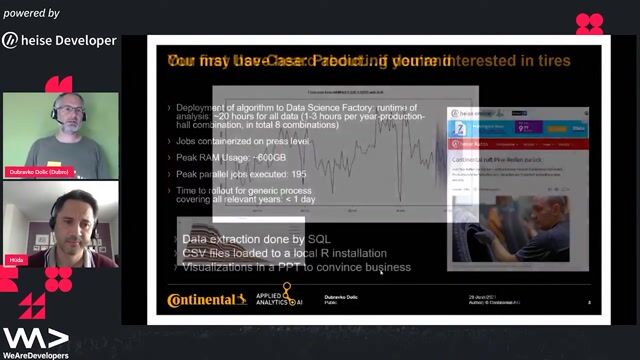 43:47
43:47Industrializing your Data Science capabilities
Dubravko Dolic & Hüdaverdi Cakir
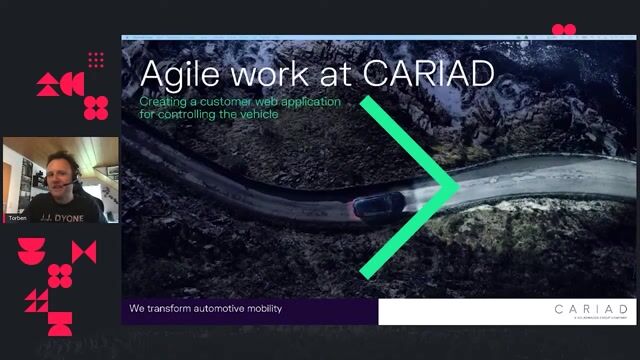 42:03
42:03Agile work at CARIAD – Creating a customer web application for controlling the vehicle
Torben Schramme
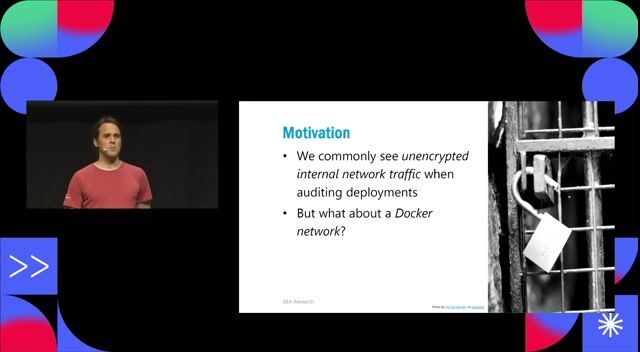 28:47
28:47Turning Container security up to 11 with Capabilities
Mathias Tausig
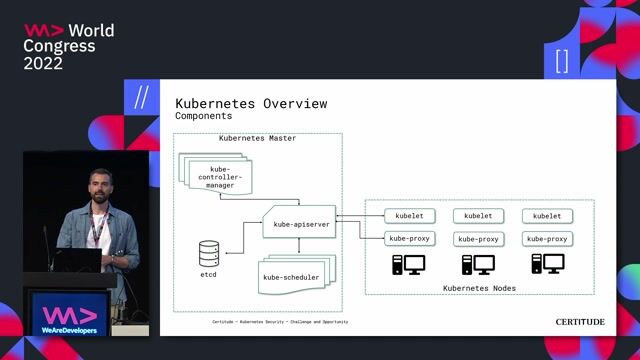 42:45
42:45Kubernetes Security - Challenge and Opportunity
Marc Nimmerrichter
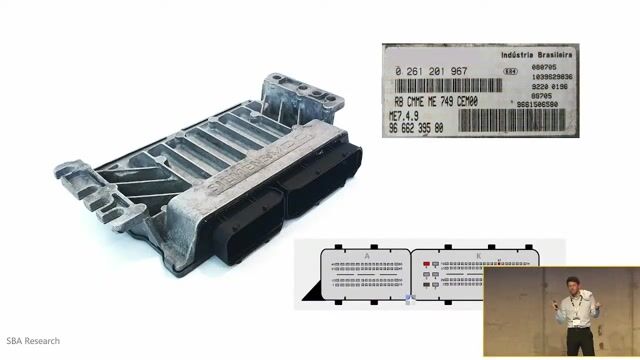 21:49
21:49A Hitchhikers Guide to Container Security - Automotive Edition 2024
Reinhard Kugler
 41:03
41:03The best of two worlds - Bringing enterprise-grade Linux to the vehicle
Joachim Werner
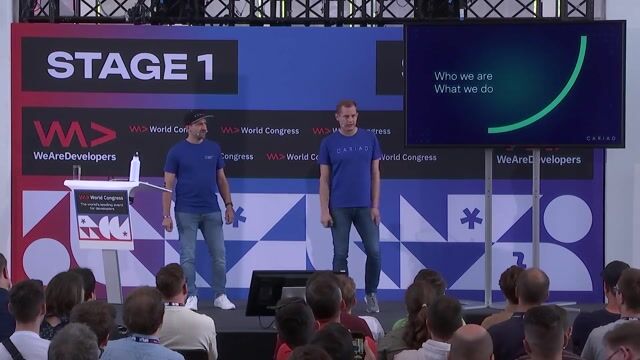 30:13
30:13Code to Road in < 12 hours
Sebastian Roßner & Lukas Sucher
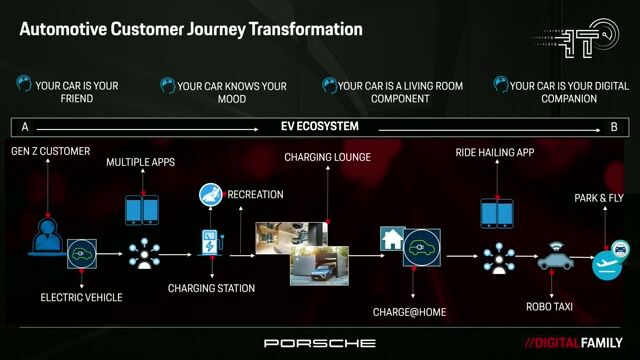 21:47
21:47Car's are Technology on Wheels - Impact of Software and IT Competence in Automotive
Rahima Yakoob
From learning to earning
Jobs that call for the skills explored in this talk.


DevOps Engineer – Kubernetes & Cloud (m/w/d)
epostbox epb GmbH
Berlin, Germany
Intermediate
Senior
DevOps
Kubernetes
Cloud (AWS/Google/Azure)


DevOps-Engineer für soziale Innovation (m/w/d)
VRG GmbH
Berlin, Germany
Intermediate
Senior
DevOps
Cloud (AWS/Google/Azure)
DevOps Developer - Kubernetes/ArgoCD/Microservices/Python - Zurich - 80-100%
ITech Consult AG
Zürich, Switzerland
€166-208K
DevOps
Django
Python
Kubernetes
+3


DevOps Engineer with a focus on Kubernetes (hybrid working model - Düsseldorf, Germany) (m/f/d)
freshcells systems engineering GmbH
Düsseldorf, Germany
Linux
Redis
DevOps
Python
Docker
+6
DevOps Engineer (m/w/d) - Automatisierung, CI/CD & KI
DATAFORUM Software GmbH
Niestetal, Germany
Remote
€40-70K
JIRA
DevOps
Confluence
+1
DevOps Engineer Schwerpunkt Automatisierung
Stolzberger GmbH
Großmehring, Germany
DevOps
Ansible
Continuous Integration
Configuration Management

